Ladybug Love in the Library
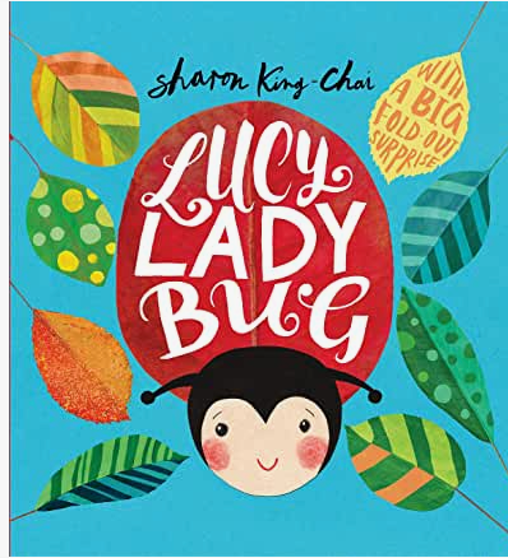
If my three-year old niece sees a bug, she shrieks like a banshee and runs around like a maniac. I feel very much the same, so I hope I’m not a bad influence! Somehow, ladybugs inspire a different feeling. They don’t sting or bite. We know they’re good for the garden because they eat aphids. And let’s face it…they’re cute. You don’t see people dressing up as black widow spiders for Halloween (well, maybe some fourth-grade boys would, but that’s a different story).
Our kindergarten classes study ladybugs every spring. They learn about their life cycle, habitats, diet and more. Did you know that one ladybug can eat about 5,000 insects in their lifetime? Or, that some ladybugs have no spots. Or that they taste terrible (yeah…no, don’t try that, kindergarteners). In the library, I try to tie in many of my lessons with the classroom curriculum.
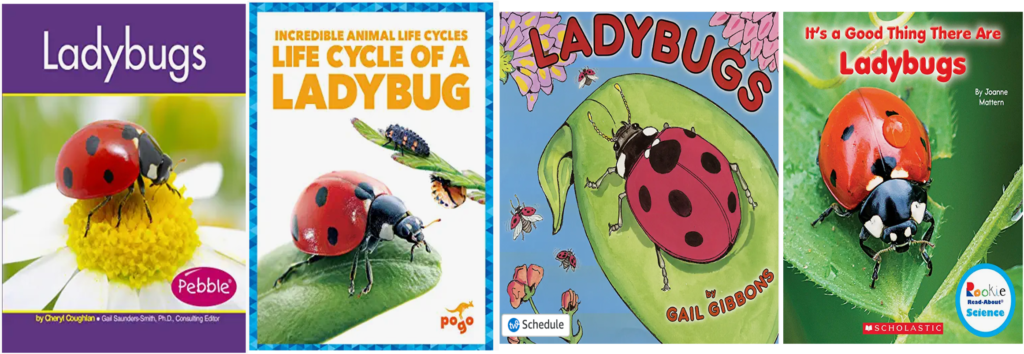
Obviously, you can begin any library lesson with a good read-aloud. There are many nonfiction books about ladybugs. They have large, clear photos and diagrams of the life cycle. Nonfiction books like these are also great for pointing out text features, such as captions, headings and sub-headings, sidebars, etc.

And as a fun follow-up, read some fiction books with a ladybug theme. You have the classic Grouchy Ladybug from Eric Carle, Lily the Ladybug. And The Ladybug Girl series is practically an industry of its own. Again, you can tie in some library skills by identifying what is realistic ladybug behavior and what is imaginative or fantasy. One of my favorites is Lucy Ladybug, by Sharon King-Choi. Somewhat similar to The Rainbow Fish, Lucy is born without spots but accumulates them from her friends Fred Frog, Carla Caterpillar, and Bella Bird. They each give her a different colored spot, featured on a huge fold-out spread at the end of the book.
Get Crafty with It
Do you have an Ellison die-cutting machine in your school? Maybe you’re lucky enough to have an electronic machine, such as Cricut? We do a craft in which I give the kids a die cut of a ladybug and we back the holes with colored paper.
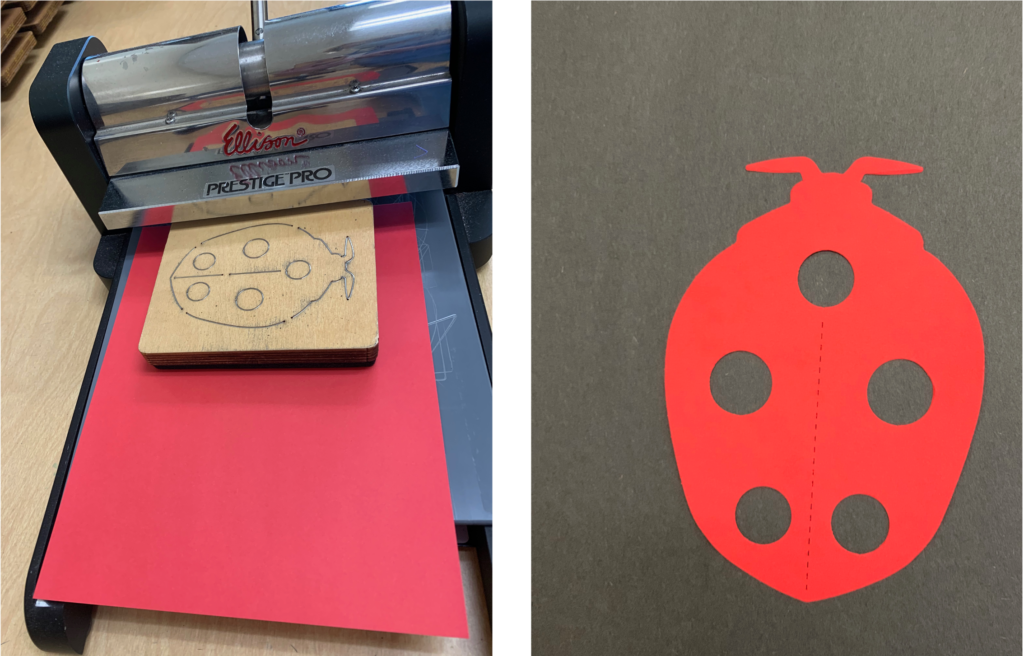
If you have a subscription to Book Flix, you can show paired fiction and nonfiction books on the Smart Board.
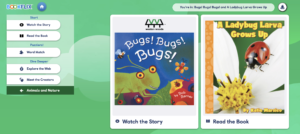
Slightly older students can independently research ladybugs using the subscription database Pebble Go or you can show it on the Smart Board. It has modules for Animals, Social Studies, Science, Biographies, and Health. Read more about it:
Looking for Easy Research for Younger Students?
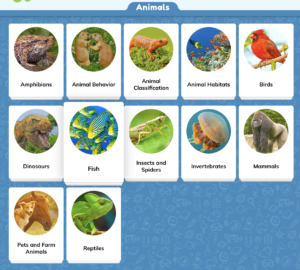
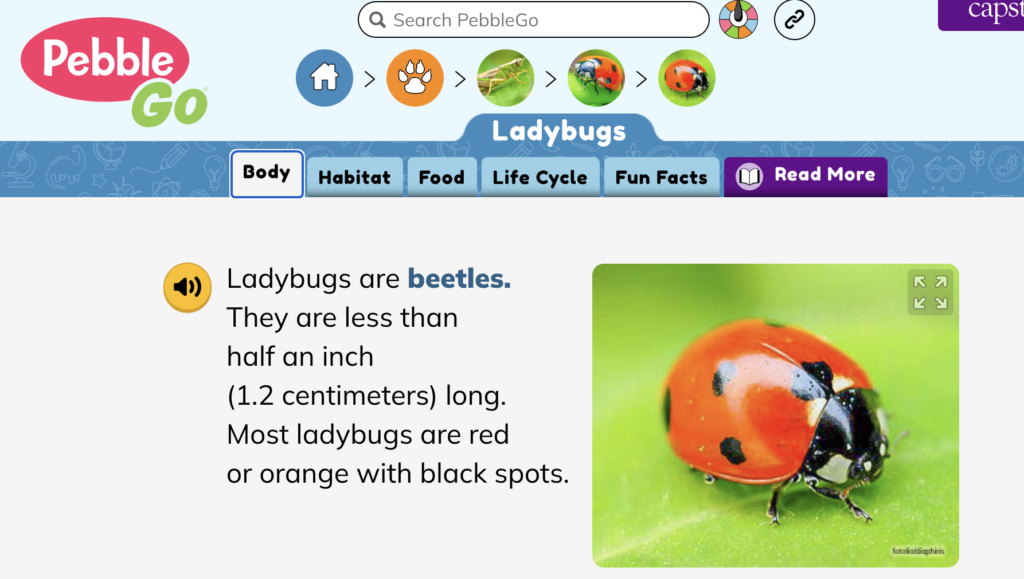
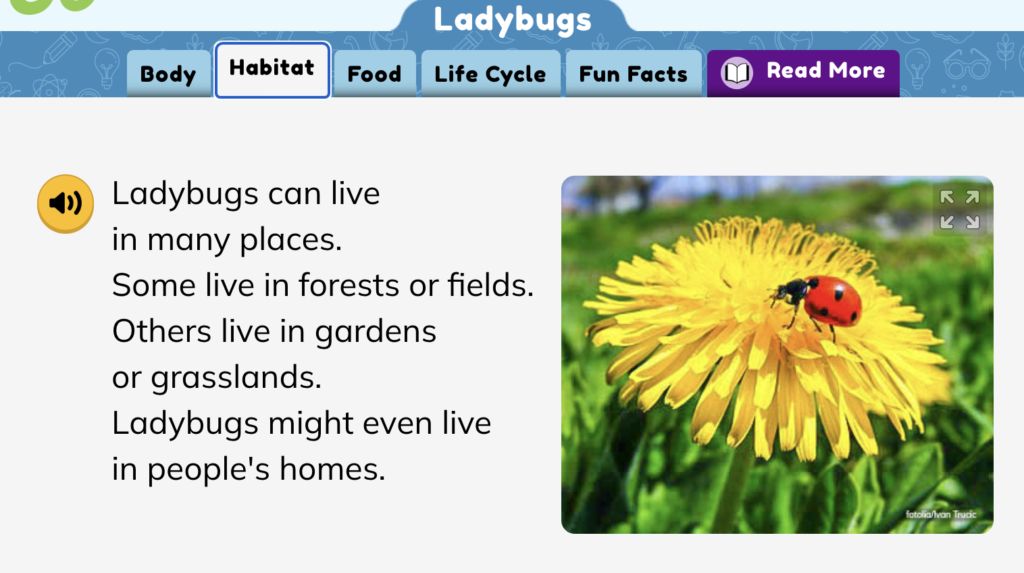
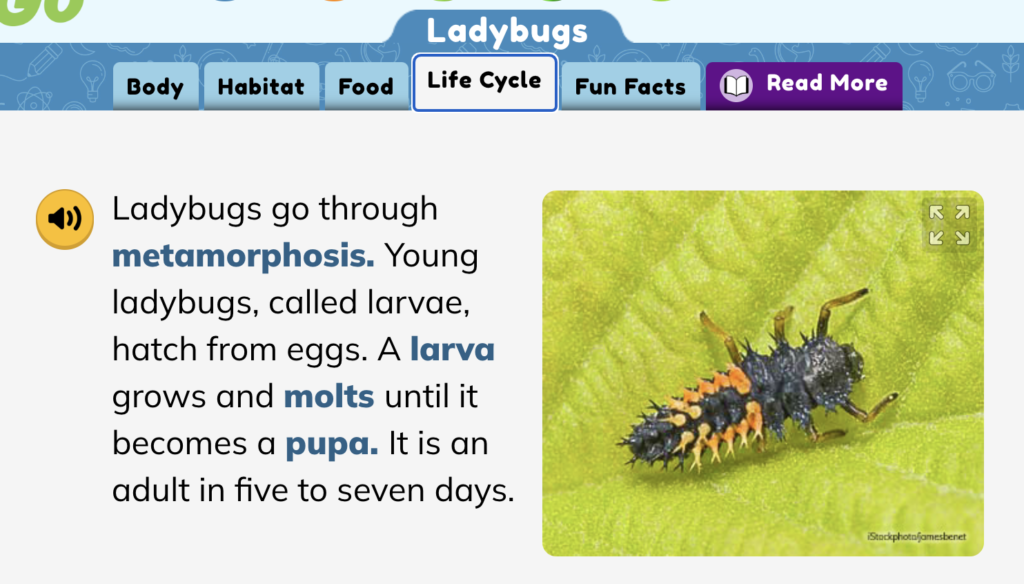
Finally, why not try some fun ladybug activities in Google Slides or BOOM Cards? They are self-correcting and can be assigned through Google Classroom. Tap on the captions to see more about each product.
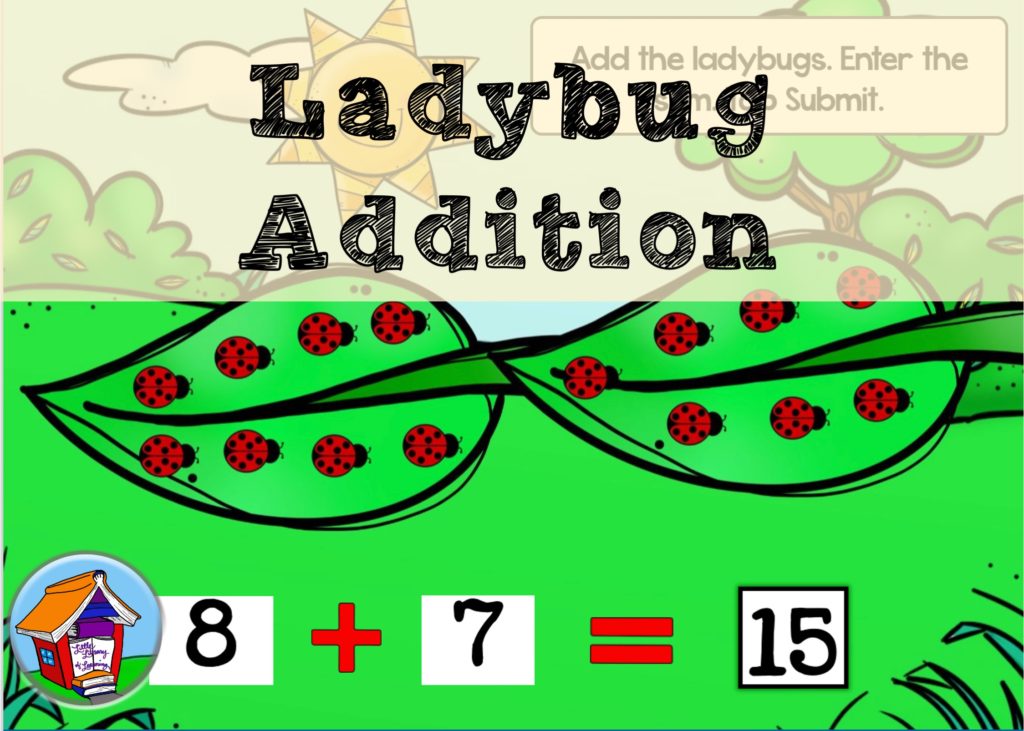
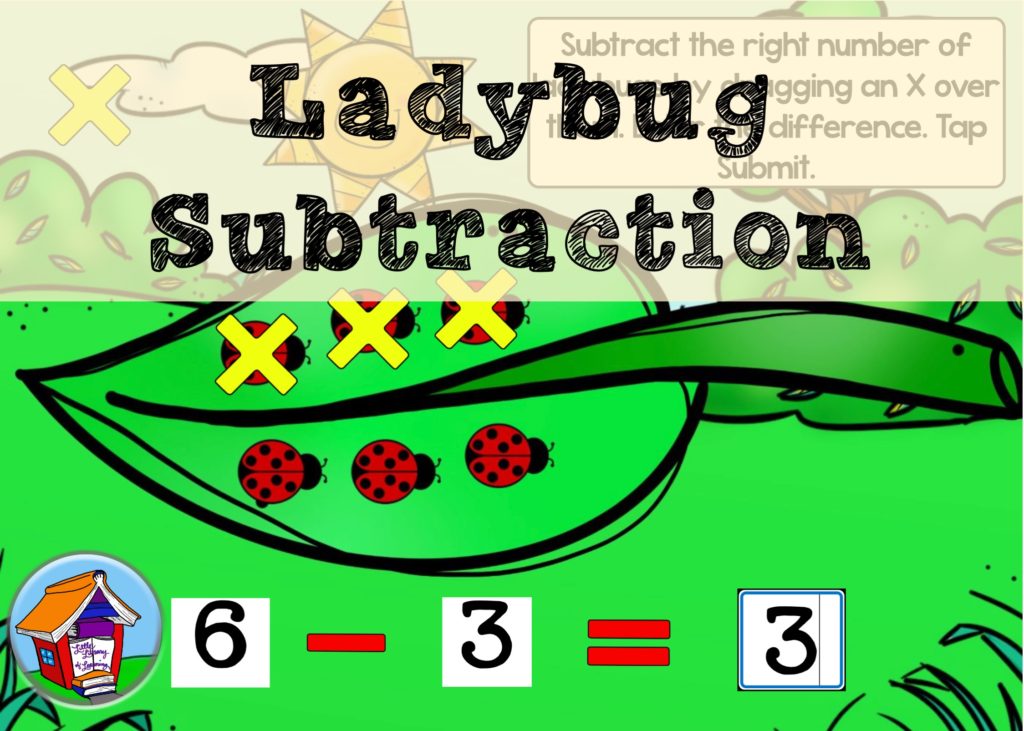
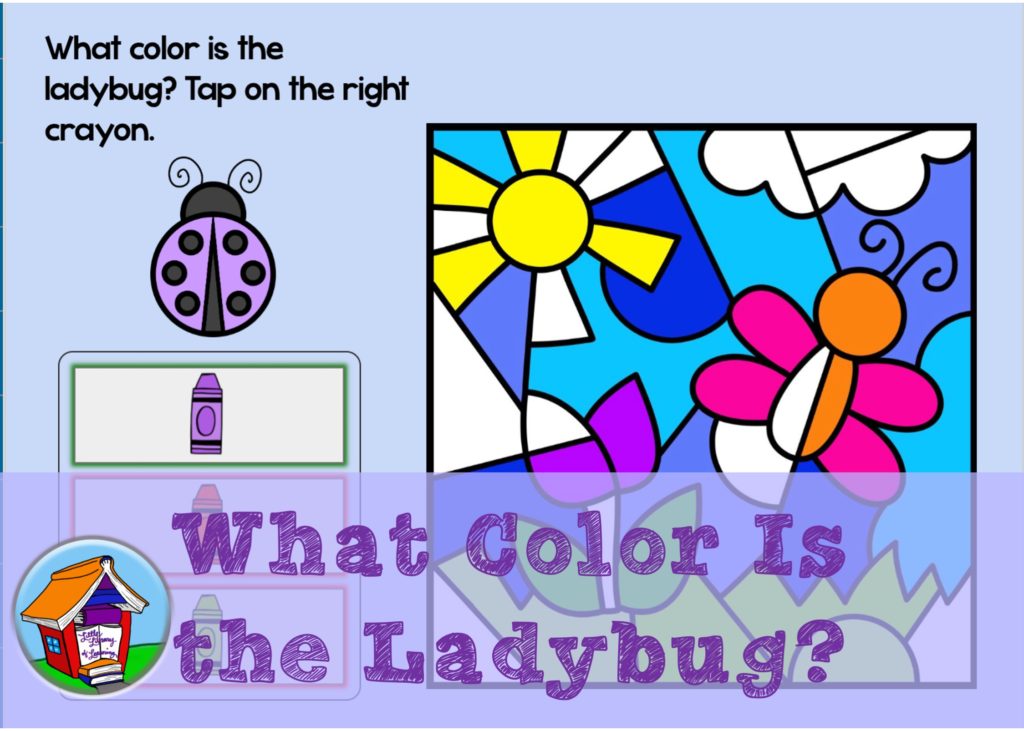
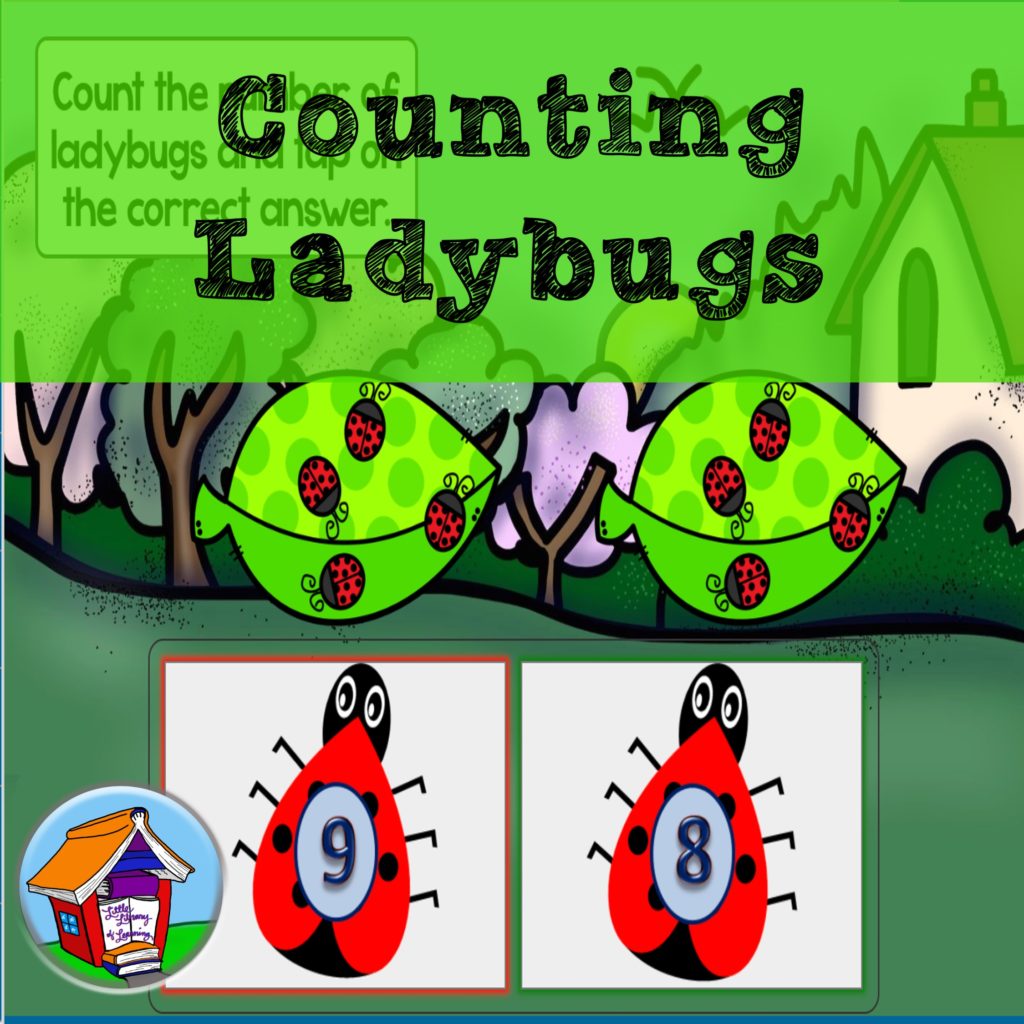
Hopefully, these suggestions will give you some ideas for generating ladybug love in the library. Now, if only a bee doesn’t fly into the room when the windows are open! That should create some excitement!
Sign up for email and blog updates and receive this free activity as a thank you!
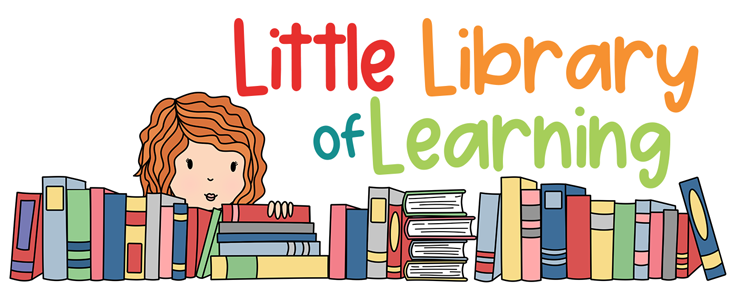
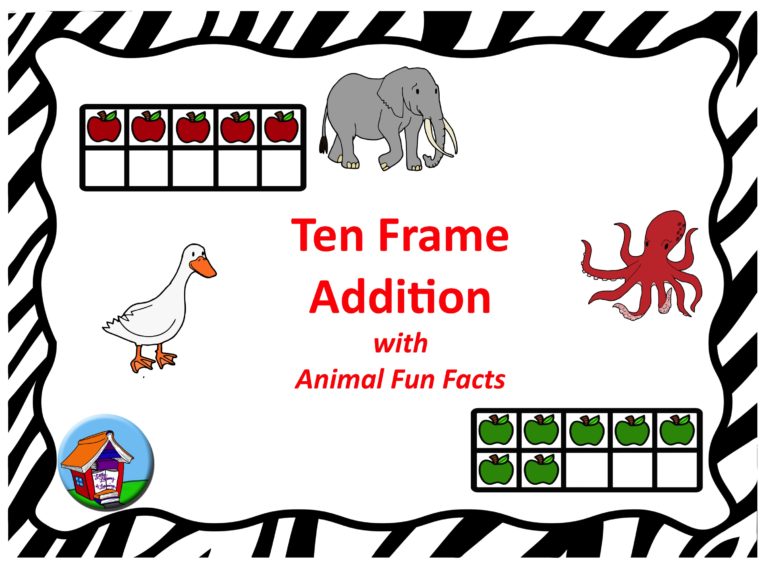



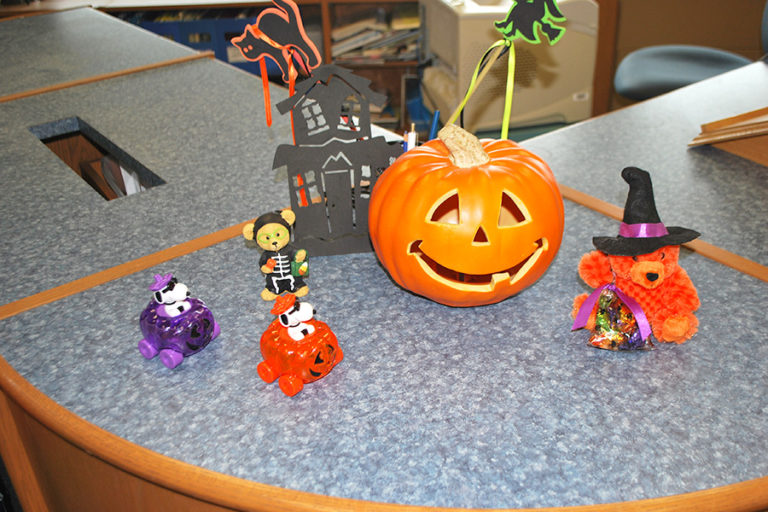

Lots of great information about ladybugs! I can relate with your niece shrieking when she sees a bug. We had a baby mouse come into our class and it was wild.